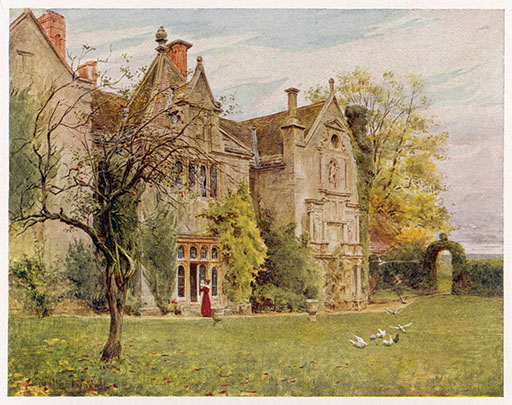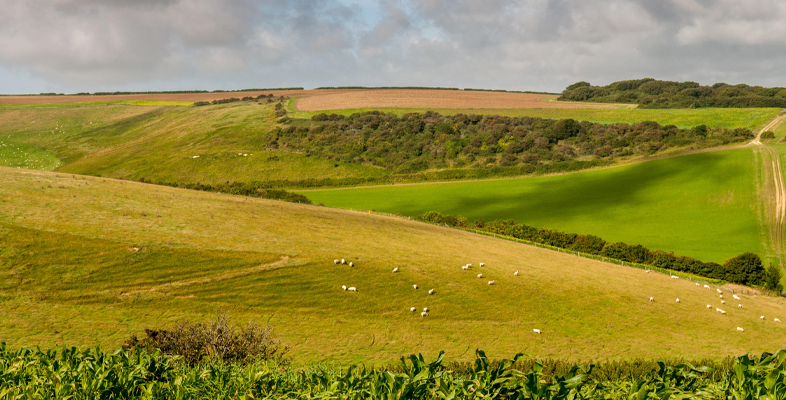4.2 How does the narrator set the scene?
Let’s begin with the first paragraph of Chapter XIII, which you may like to read again now. Think about what information the narrator gives us: for example, what do you know at the end of the paragraph that you didn’t know at the beginning? Does the description help us to believe in this fictional story, and if so, how?

Hardy’s chapters often begin as this one does with some descriptive writing which sets the scene for what follows. This one begins with some of the key elements of a realist novel: the first sentence helpfully informs us of the date, the time, and the location. In this way we are firmly located in the world of the novel, which we can believe in (even though we are aware that we are reading fiction) because dates, times and locations are important features of the real word we inhabit. We may never have set foot in a farmhouse, and we were certainly not alive in the mid-nineteenth century when this story is set – but the description that follows provides enough detail relating to our experiences of the real world to convince us that this is not a fairy story or a fantasy, but realism. The story we are being told is recognisable: using everyday contemporary detail the narrator creates a plausible fictional world peopled with characters we can relate to. It is the day before Valentine’s Day, we are in a farm house and it is Sunday afternoon.
Box 3 Realism
Key elements of realism:
- time: use of convincing time scales for the development of the story; when the story takes place – with accurate historical details
- location: settings, places and situations that are recognisably ‘real’ (even while we know they are fictional)
- characters we find convincing.
Next you will look more closely at the detailed description, thinking too about the style of the writing.
